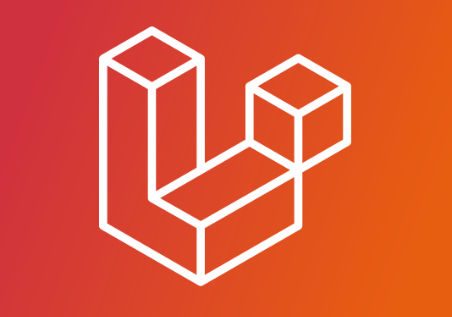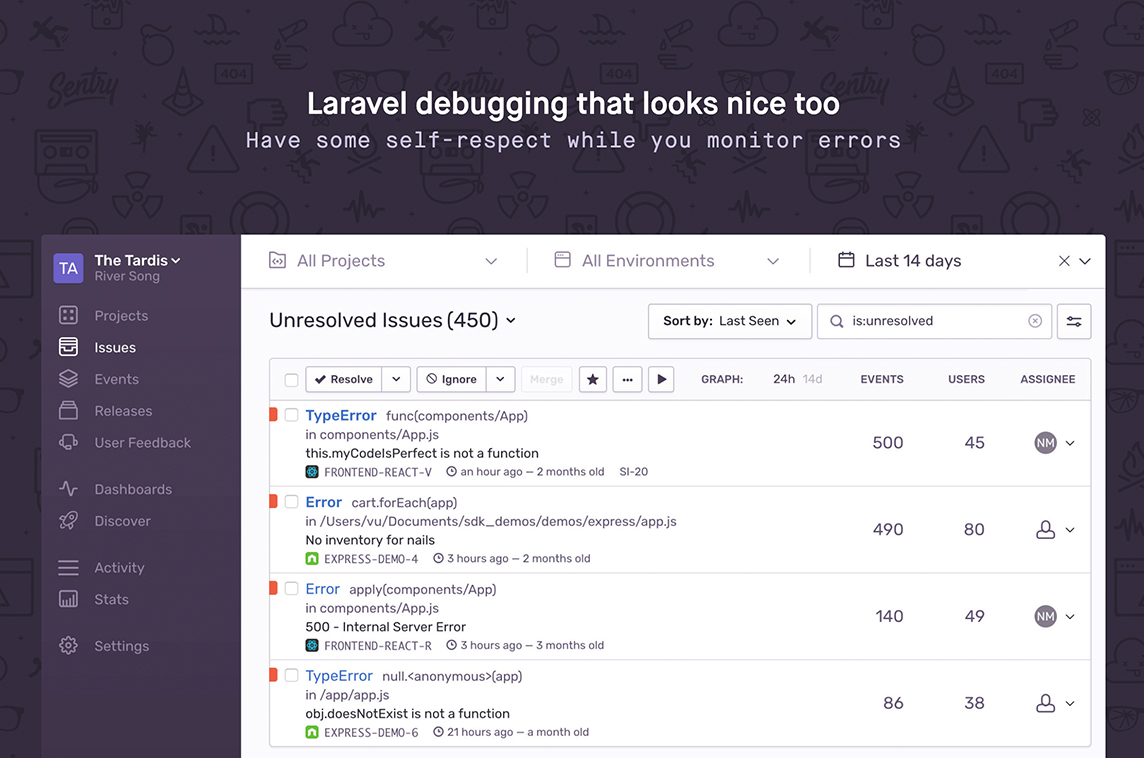

If Vapor discovers an encrypted environment file while booting your application, it will automatically attempt to decrypt it and inject the resulting variables into the runtime. Vapor provides built-in support for Laravel's encrypted environment files (opens new window).

For example: MY_SERVICE_AWS_SECRET_ACCESS_KEY. In addition, environment variables should not contain AWS_ACCESS_KEY_ID, AWS_SECRET_ACCESS_KEY, or AWS_SESSION_TOKEN in their names. The following environment variables are reserved and may not be added to your environment: You should use encrypted environment files in place of or in addition to environment variables if you exceed this limit. The env:pull command may be used to pull down an environment file for a given environment:ĭue to AWS Lambda limitations, your environment variables may only be 4kb in total. You may update an environment's variables via the Vapor UI or using the env:pull and env:push CLI commands. You will not see these environment variables when you manage your environment via Vapor CLI or Vapor UI, and any variables you manually define will override Vapor's automatically injected variables.

LOG, but SES for environments with the name production

Vanity domain, or custom domain if existsĭynamoDB, or cache (Redis) resource if existsĭatabase (MySQL, Postgresql, etc) resource if exists Here is the full list of environment variables injected by Vapor on your environment. As an example, by adding a cache or database key to your vapor.yml file, Vapor will inject the necessary CACHE_* and DB_* environment variables. Vapor automatically injects a variety of environment variables based on your environment's configured cache, database, etc. # Creating EnvironmentsĮnvironments may be created using the env Vapor CLI command:Įnvironments : production : build : - 'composer install -no-dev' my-environment : build : - 'composer install -no-dev' # Environment VariablesĮach environment contains a set of environment variables that provide crucial information to your application during execution, just like the variables present in your application's local. However, don't be afraid to create more environments for testing new features without interrupting your main staging environment. Typically, you will have an environment for "production", and a "staging" environment for testing your application. Each project may have as many environments as needed. All of your deployments and invoked commands are stored within environments. HTTP to HTTPS Redirection With API Gateway v2Īs you may have noticed, projects do not contain much information or resources themselves.Customizing The Maintenance Mode Screen.Sandbox URL Returns 400 "message: null".502 Bad Gateway Or "Internal Server Error".


 0 kommentar(er)
0 kommentar(er)
